Portrait of Louis XV of France and his wife, Queen Maria Leszczyńska
(2) Pastel on paper, cm 63 x 48,5 - with frame cm 68,5 x 55
The exceptional quality of these pastel portraits, happily detailed and extraordinarily shaded in the definition of impalpable veils and silky shawls, allows to recognize with ease the identity of the figures, namely Louis XV of Bourbon, King of France, nicknamed the "Beloved", and Maria Leszczyńska, queen consort of France and Navarre. When he took the throne in 1715, Louis XV surrounded himself with enlightened advisers such as Cardinal Fleury, and immediately received broad support. After having balanced the domestic budget through prudent economic maneuvers, the sovereign encouraged several military successes in view of a greater security in the direct control of the internal product; he promoted the modernization of many major cities, Despite the raging Seven Years' War during his term. Maria Leszczyńska was the daughter of the Polish king Stanisław, who was later removed from the throne; after her marriage to Louis XV, Maria supported her father’s claim to a possible return to the Polish throne. The widespread commitment of the queen in the artistic field was manifested in the support of the opera of the opera singer Carlo Broschi (better known as Farinelli), as well as in the work of Mozart and Voltaire.
The same features of the queen can be seen in paintings by contemporaries, such as those by Charles Van Loo (collections at the Palace of Versailles, Salon de Mars), Jean Marc Nattier (Muzeum Narodowe, Warsaw) and Franz Bernhard Frey (private collection). Louis-Michel van Loo painted Louis XV in a double version, highlighting the same soothing expression that illuminates the face of the present: his paintings are now preserved in the collections of the Château de Versailles and the Museum of Fine Arts and Archaeology of Chalons-Saint-Germainen-Champagne. Immortalizing illustrious characters through the use of pastel on paper was a typically Rococo practice limited to the most experienced in the art of figuration; the market content built on demand and offer of the pastel specimens increased their rarity and refinement. Master of the technique was Maurice Quentin de La Tour (1704-1788), his assiduous supporter since at least 1727; ten years later the artist organized a personal exhibition that constituted his own background for the subsequent exhibitions at the Paris Salons. La Tour soon became an official portrait painter at court and a personal artist of Louis XV, performing a double pastel portrait of the sovereign and Maria Leszczyńska (both in the Musée du Louvre). Other pastel works by La Tour, such as his self-portrait (Musée de Picardie, Amiens), and those of Charles Garnier d'Isle (The MET), Abbot Nollet (Bavarian State Painting Collections, Munich) and Madame de Pompadour (Saint-Quentin, Musée Antoine Lécuyer) They reveal striking affinities to the present, in particular in the comparison of the equal luminous and liquid touches on nose and lips, in the scratched blue of the background and in the totally ethereal setting of the image. It is therefore conceivable that the work of those present, if not by the very first hand of La Tour, was carried out by a direct and faithful collaborator of his, conscious appreciator.
The object is in good condition




















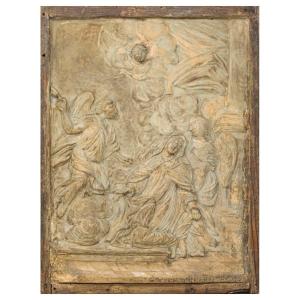

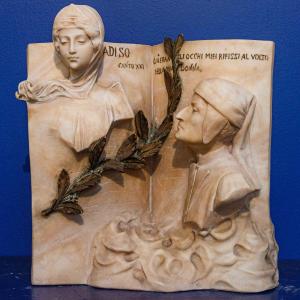


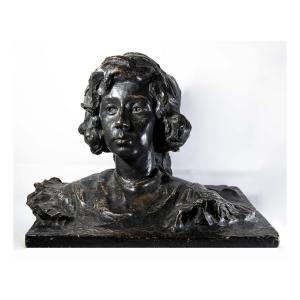





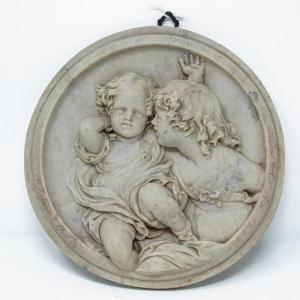





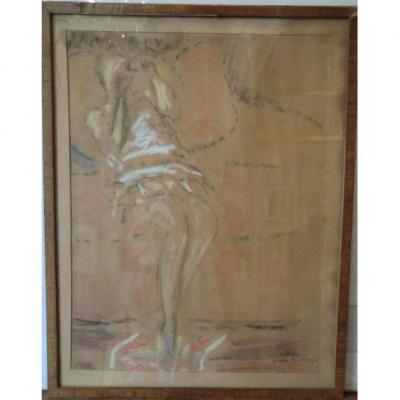




 Le Magazine de PROANTIC
Le Magazine de PROANTIC TRÉSORS Magazine
TRÉSORS Magazine Rivista Artiquariato
Rivista Artiquariato